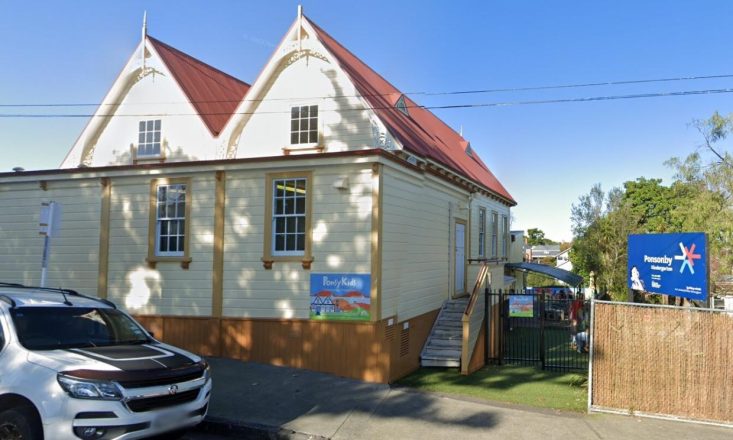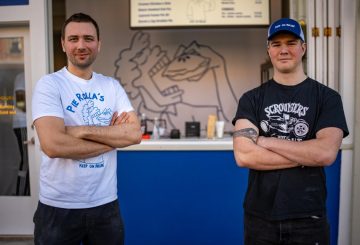폰손비 커뮤니티 프리스쿨의 학부모들은 경영진과의 갈등으로 인해 자녀를 퇴소시키는 것을 고려하고 있습니다.그들은 장기 근무하는 직원들이 떠나는 것에 화가 난다는 성명서를 발표했습니다.이 문제는 이사회가 유치원 운영 시간을 오전 8시 30분~오후 4시에서 오전 8시~오후 5시 30분으로 연장하기로 결정한 후에 발생했습니다.
학부모들은 교직원 중 40% 가 그만두고 있다고 주장하고 있으며, 앞으로 더 많은 교직원이 그만둘 수도 있다고 합니다.교사들은 “선생님들은 우리에게 가족 같은 존재”라며 깊은 우려를 표했다.또한 학교 시작까지 남은 기간이 두 달 이상 남은 아이들의 90% 는 교직원이 더 없어지면 학교를 그만둘 것이라고 말했습니다.
이사회와 함께 문제를 해결하려는 시도에도 불구하고 학부모들은 무시당하고 좌절감을 느꼈습니다.학부모들은 이사회에 자신의 우려 사항을 자세히 설명하는 이메일을 보냈지만, 의사소통이 기각되었다고 느꼈습니다.
유치원을 운영하는 폰손비 커뮤니티 센터 (Ponsonby Community Center) 의 닉 데이비스 (Nick Davies) 의장은 처음 프로포즈를 했을 때 대부분의 학부모들이 시간 연장을 지지했다고 말했습니다.그는 부모님의 결정이 등록률이 감소하고 있고 근로 가정의 필요를 충족시켜야 했기 때문에 등록률을 높이기 위한 것이라고 설명했습니다.
데이비스는 일부 학부모들이 이러한 변화에 불만을 품고 있다는 점을 인정하면서도, 특히 재정 상황이 어려운 시기에 모든 가정에 유연한 근무 시간을 제공해야 한다는 점을 강조했습니다.그는 현재의 1:5 인 교직원 대 아동 비율은 지속 가능하지 않다고 말했습니다.
최근에 직원 두 명이 사직했고 한 명이 자진 퇴사를 요청했습니다.데이비스는 잘못된 정보가 직원 일정에 대한 논의에 영향을 미쳤을 수도 있다고 언급했습니다.그는 이사회가 교사를 계속 유지하기를 원하며 교사의 선택을 지지한다고 확신했습니다.
이사회는 8월 7일에 학부모들과 만나기로 합의했다.학부모들은 유치원에서 새 수업 시간을 연기하겠다고 약속했지만 너무 늦었다고 느끼며 이사회에 대한 신뢰를 잃었다고 말했습니다.또한 교육부에 불만을 제기했으며 법적 조치를 고려하고 있습니다.






























































